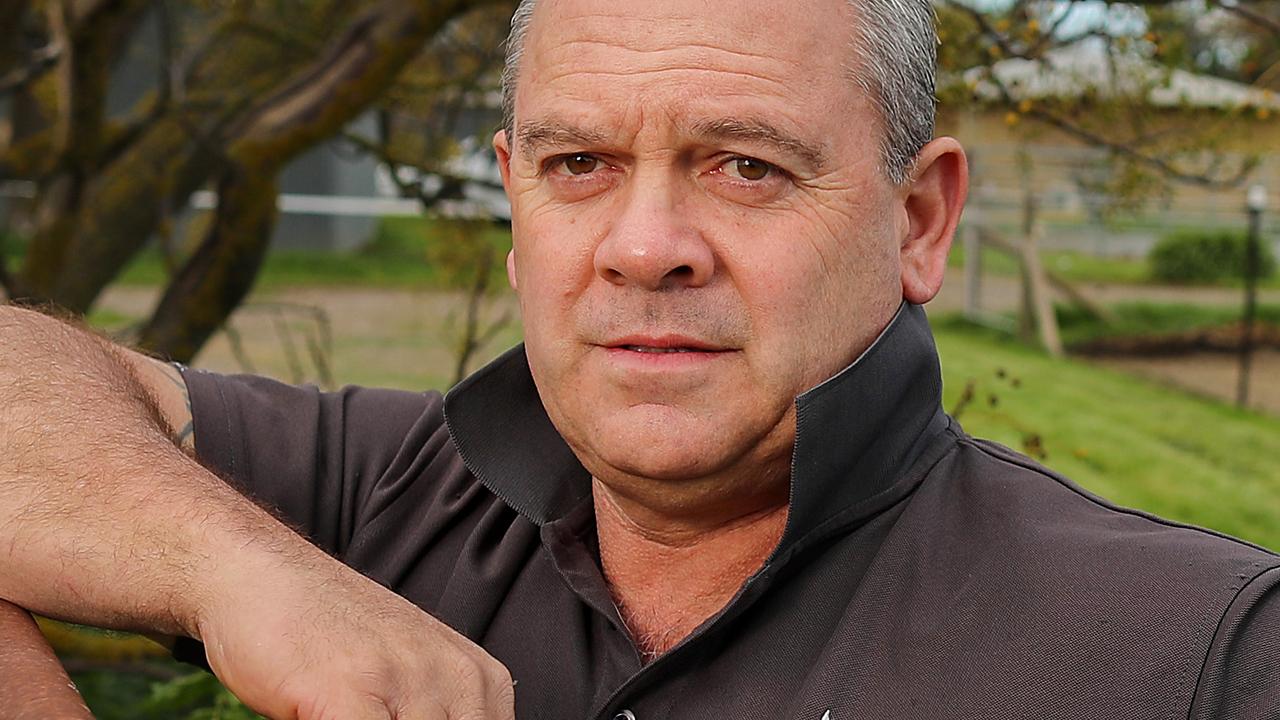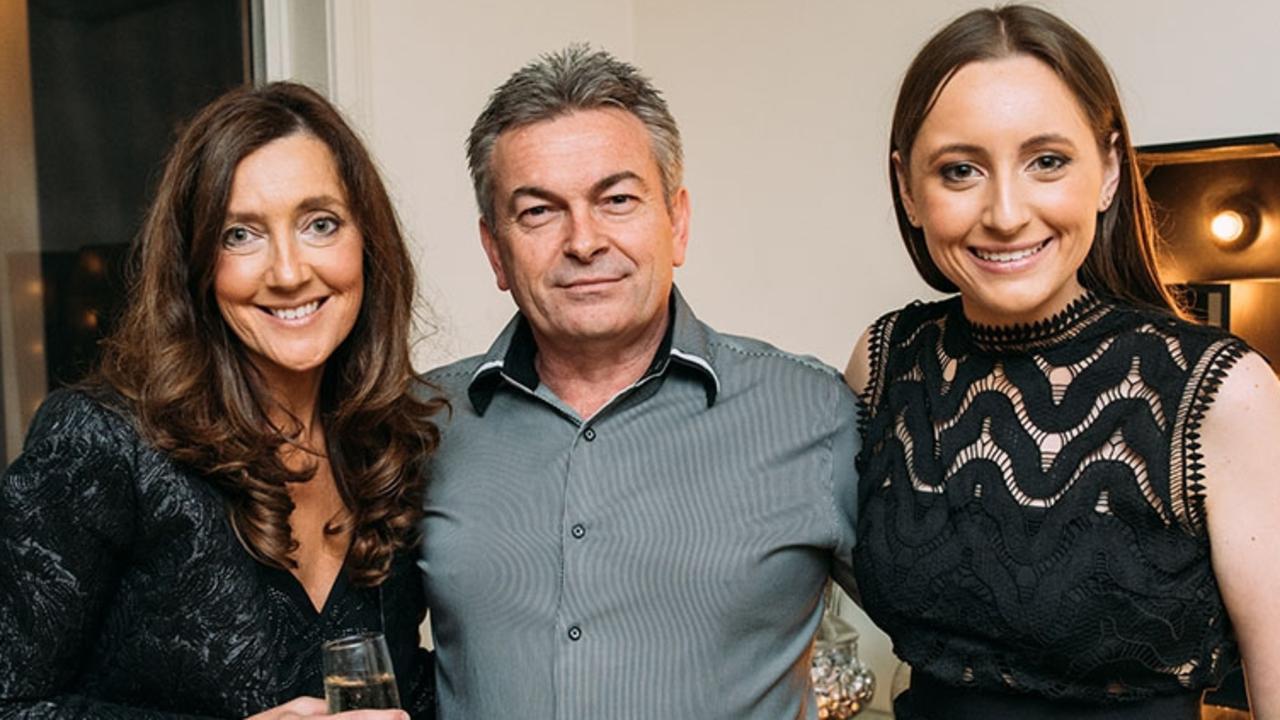Andrew Rule: Spike in fatal falls for female riders the dark side to racing
The rise of female riders in modern racing is a tale with two sides. On one side it may be the industry’s best “feelgood” story of the past 25 years, but after two deaths in two days it’s time to acknowledge the rising toll among female jockeys, writes Andrew Rule.
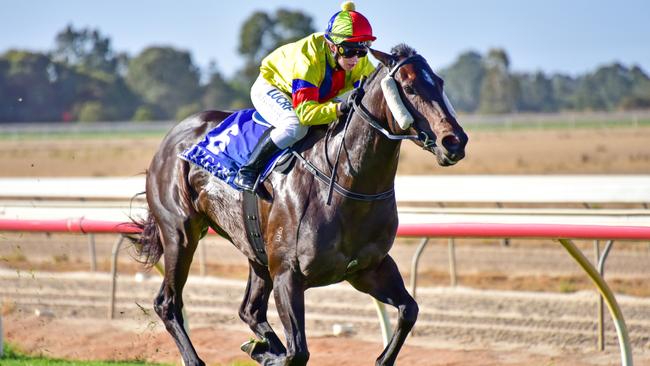
Andrew Rule
Don't miss out on the headlines from Andrew Rule. Followed categories will be added to My News.
Two female jockeys killed in 36 hours. No sooner had the racing’s tightknit community digested that Mikaela Claridge had died in a track fall at Cranbourne before dawn on Friday than news broke that Melanie Tyndall was killed in a race fall in Darwin on Saturday afternoon.
Mikaela was a 22-year-old apprentice, just married, who had overcome injuries to ride her 29 winners. Melanie had joined the Territory police force recently but, tragically, hadn’t yet quite given up race riding in favour of the relative safety of facing guns, knives and speeding cars.
Riding horses is dangerous. Recent hospital figures show it is up there with riding skateboards, bikes and motorcycles as a cause of head trauma. Riding gallopers at racing speed is especially dangerous, which is why there are almost 900 names on the jockeys memorial at Caulfield racecourse.
But anyone who studies the names added to that list of the fallen since the turn of this century will be struck by the rapidly rising number of women on it. It is a death toll no one really talks about.
The truth is that women jockeys are at the centre of two starkly different stories in modern racing. One heart-warming, the other chilling.
First the good news.
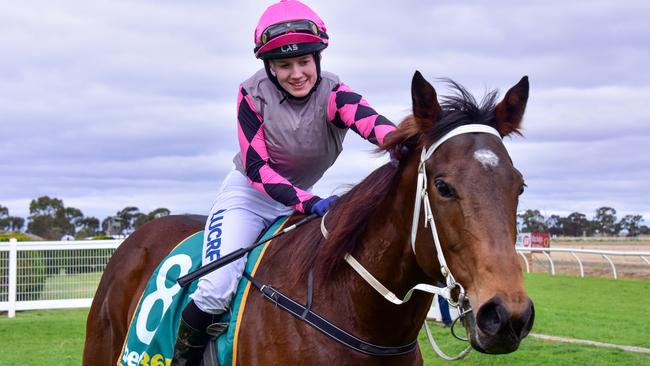
The rise and rise of female jockeys is probably the industry’s best “feelgood” story of the last quarter century, highlighted by Michele Payne’s 2015 Melbourne Cup win, to be immortalised this month when the film Ride Like A Girl hits the big screen. Let’s hope the film is as wonderful as it was to be at Flemington that day to see Michele Payne make history on Prince Of Penzance in one of racing’s golden moments.
The bad news is that season after season, female jockeys are killed and seriously injured at a far higher rate than their male counterparts.
It will take smarter people than this one to do the numbers, but when the subject came up after a spate of fatal falls in 2014, the statistics were brutal: a string of female riders had been killed or crippled over the previous two years, during which time no male riders were killed at all.
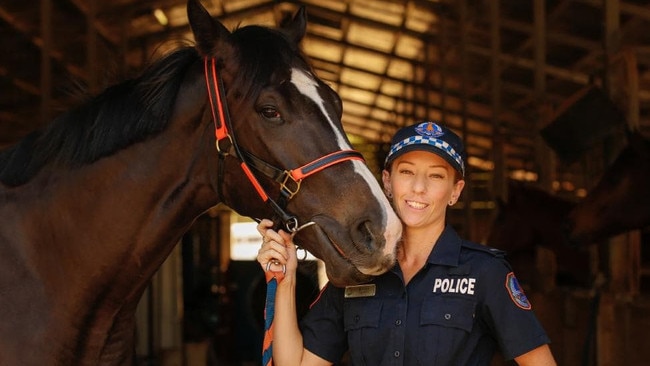
If that’s a statistical aberration, it is taking a long time to correct itself. At that point, approximately one in seven of Australian jockeys were female and yet half the most recent 12 racetrack deaths were women. And the rate of serious brain and spinal injuries reflected that same disproportion.
Every year there are more women jockeys. As more and more female apprentices have hit the saddle, they represent a bigger proportion of all jockeys. But although males still outnumber females roughly four to one, about half the jockeys killed are female. There was a decade when the female death rate was even worse than that.
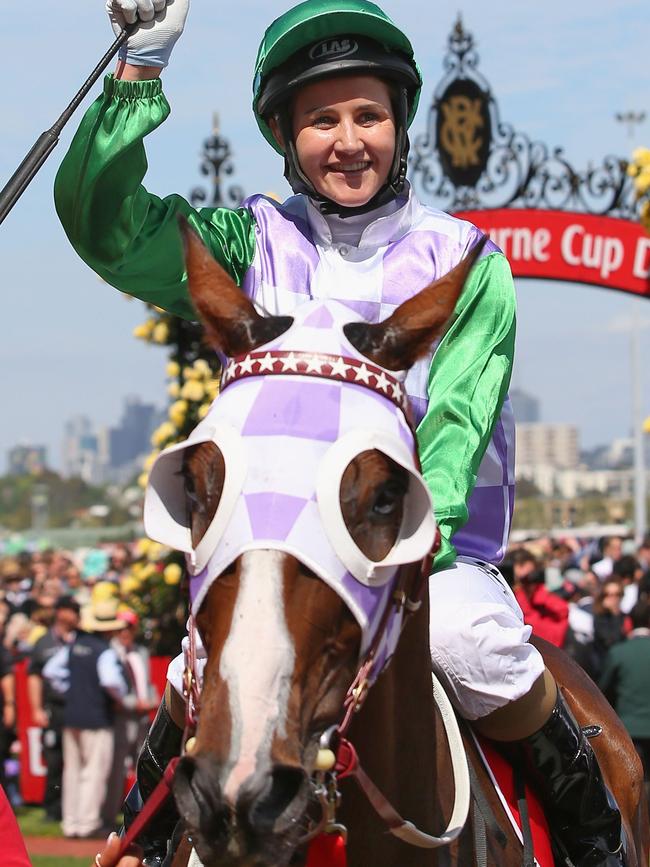
Why is it so?
What racing insiders will say to each other in private, and not publicly, is that there is a more extreme range of skill and strength in the female ranks, meaning that the best are excellent – but that the standard tails off quickly.
There might be a dozen male jockeys in Australia who are genuine world-class race riders and can match great internationals like Ryan Moore, Frankie Dettori and Jaeo Moreira when the whips are cracking in the Spring Carnival. But the same can’t yet be said of the best dozen female riders. At this point, there is still far less depth in their ranks.
That is no reflection on the best: the top women riders in Australia can and do acquit themselves against the best anywhere.
Jamie Kah might be the best young female jockey in the world, which is why top trainers like Tony McEvoy and David Hayes use her. It’s why she rode in Winx’s farewell race, the Group 1 Queen Elizabeth Stakes at Royal Randwick last April. It’s why I will always pause to watch a race that she’s in. It’s why, although only a year or two older than Mikaela Claridge, she has ridden hundreds of winners and repeatedly beaten all comers, regardless of gender.
And Kah is not Robinson Crusoe. Her older and more experienced colleague Linda Meech has been a dominant rider in provincial Victoria for year after year and is now one of Australia’s leading metropolitan jockeys by any measure, but especially on the leader board.
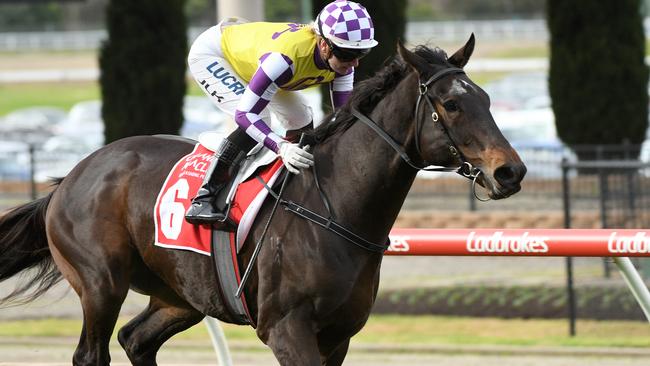
Not far from those two is Nikita Beriman and Sydney’s Kathy O’Hara, although the now world-famous Michelle Payne is bowing out to take up training (after recovering from the second of two life-threatening falls she has suffered). Behind the stars are a couple of talented youngsters. But this elite few are athletes who are notably strong for their weight: they are not riding in races just because they “like horses” and are tiny enough to “make the weight” without starving themselves.
It is interesting to note that both Jamie Kah’s parents and uncle were Olympic speed skaters, and that Kah is naturally muscular enough that she has to stay extremely fit and diet to keep her weight stable.
As recently as the 1990s, female riders were regarded sceptically by punters and, privately, by some trainers and jockeys. Form guides back then had asterisks beside riders’ names to “warn” punters of jockeys’ gender.
These days, no sane punter would care if the prefix “Ms” is in front of names like Kah, Meech, Beriman and the up-and-comers knocking at the door. To watch Meech judge a finish or Kah ride out a “swooper” like some latter-day Jim Johnson is as good as racing gets.
But that doesn’t alter the lopsided death and injury toll among female riders. That’s not a criticism. It’s a statistical fact the industry needs to face. One reason it doesn’t, perhaps, is that no one wants to be seen to be guilty of the surly old-fashioned chauvinism that is, in fact, now almost extinct.
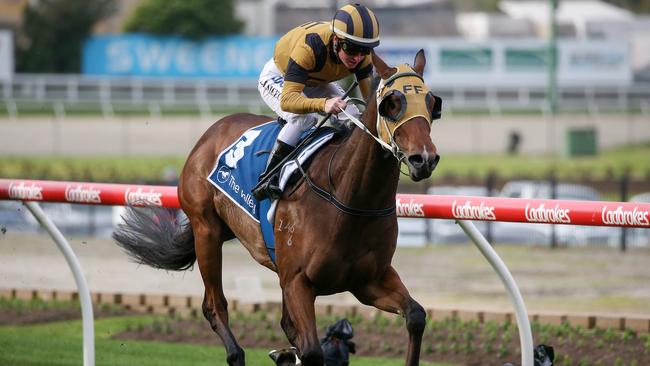
But it’s not all about the advances of gender equality. There’s also a coldly economic reason for racing to embrace women jockeys the way it has in the last two decades. It needs them the way Dickensian London needed children to sweep chimneys.
As the average size and weight of Australians rises with each generation, few male apprentices can stay in the saddle much past their 21st birthday without starving — or taking illegal drugs. Racing is a brutally efficient market under threat from other forms of sports betting, and so the willingness of naturally lightweight women to step into the saddle fills a gap that grows every season.
There are now at least two females for every male in the Victorian apprentice jockey school, reflecting the trend around Australia. We see provincial races meetings where every horse in one race had a female rider, and at least one country meeting where every race on the card was won by women.
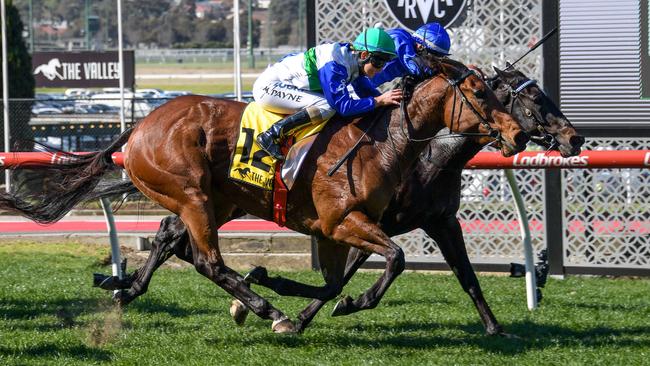
There’s the rub. The deeper into the country you go, the more women are riding. From Broome to Bairnsdale, the girls are on top — though much less so at the big city carnival meetings, which are still dominated by male riders sprinkled with handful of elite female riders.
Tellingly, the few females good enough to ride regularly “in town” are not that keen on riding at second and third-tier racecourses, often small and cramped and with track bias that forces hungry “bush” jockeys to cut across fields and “ride for luck”.
Those are the places where jockeys and horses are far more likely to be hurt than at Flemington or the better provincial tracks like Ballarat, Bendigo and Sale. One woman involved in racing since she rode track work 45 years ago shudders as she describes unsound “cast off” horses, “desperate” jockeys and shoddy tracks she has seen.
She says there are more women riding in “the bush” than ever before. Inevitably, they are “riding on more dangerous horses in more dangerous places because the further out you go, in every way, racing is not as safe”. That is one common-sense explanation for the skewed death statistics.
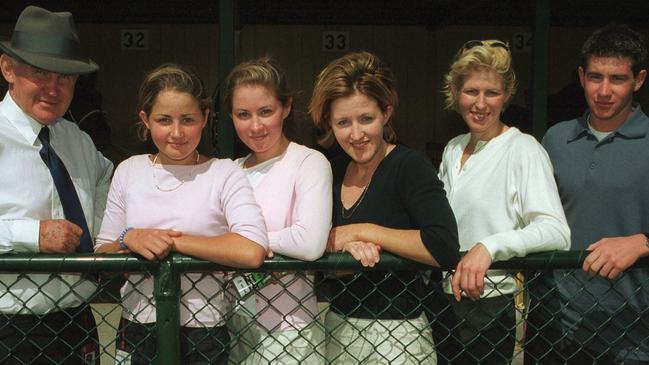
Another reason is suggested by a former international male jockey whose career ended in a serious race fall injury. He points to the fact that pony clubs are dominated by teenage girls, who hugely outnumber male pony clubbers and equestrians. This provides a reservoir of enthusiastic amateurs, says the retired jockey, who are attracted to racing stables as an extension of their horse hobby. They are keen, reliable and light — but that is not enough to turn a hobbyist into a professional.
Many of them are, in other words, caught in the gap between racing as sport and racing as an industry: effectively part-timers fitting racing around other work, like the Darwin policewoman who died at the weekend.
No one has more “skin” in the game than the Payne family. Six of Paddy Payne’s daughters and two of his sons have been professional jockeys. Michelle, the Cup heroine, is the “baby” of the family.
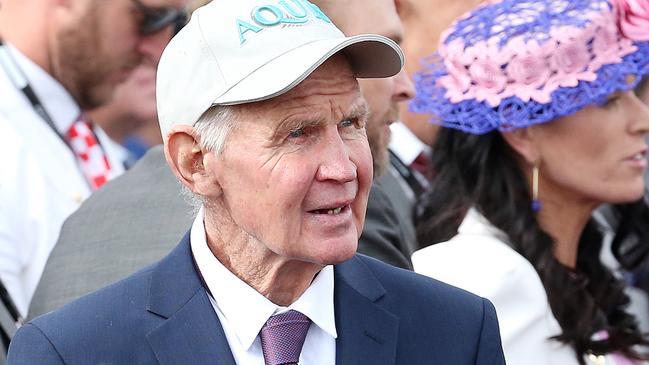
Paddy is a tough man who learned to ride, and fall, on steeplechasers, buckjumpers and bulls in New Zealand. All his daughters rode well, he says, though they were not “fashionable” enough in days past to get the same chances as his son, Patrick, who won big races over 15 years before taking up training.
Payne senior defends the skill and nerve of female riders. Like another wise observer, long-time Flemington clerk of course John Patterson, he says many fatal falls are caused by horses breaking down, spearing riders into the ground, something no rider can predict or prevent.
MORE NEWS:
SKIER DIES AFTER HIGH COUNTRY SEARCH
TV STAR DEVASTATED BY EXPLICIT VIDEO
NEW DETAILS IN SETKA DRINK-DRIVING ROW
But, based on his own family, Payne can’t help thinking that “girls” fall more often and suffer worse injuries from similar impacts.
Neither of his sons had a bad fall or was ever badly hurt, but three of his daughters suffered repeated concussions. His eldest daughter, in fact, died of a catastrophic brain condition almost certainly caused by race falls.
When this subject came up after the spate of deaths in 2014, he told me: “They (the girls) don’t roll the same when they hit the ground.”
It reminds him of an old horseman’s saying, he says: “Men fall like boiled eggs. Women fall like raw eggs.”
Sadly, so far, the figures still seem to bear that out.


